 |
| Sonoma Compost’s composting operation. |
On Thursday at the National Heirloom Exposition, Will Bakx, soil scientist and operations manager of Sonoma Compost, gave a rapid fire lecture on the nitty gritty details of composting. Here’s some of his useful tips:
Temperature and Turning
Compost should stay above 131ºF for 15 days to kill pathogens. Bakx recommended getting a thermometer to check the temperature every day during the initial period and using Sonoma Compost’s handy Temperature/Turning Sheet (pdf) to keep track of the temperature of the pile. If the pile dips below 135ºF, turn it. If it doesn’t get up to temperature, add more nitrogen containing materials. If it gets above 163ºF, add more carbon containing materials. After the initial turnings just let it sit unless you have to turn to add moisture.
Bakx believes that you should turn as little as possible, just enough to achieve that first period of 15 days above 135º F. I really like the simplicity of this method and will definitely use the turning sheet the next time I build a pile. I really makes it clear when you should turn and how often.
Moisture
Lack of moisture, according to Bakx, is the number one mistake made by beginning composters. He suggested an ideal moisture range between 40-‐60%. You can check the moisture level using the following technique:
Take handful of material. Squeeze firmly
Water escapes: >60%
Shiny ball: 55%–60%
Ball remains when tapped: 50–55%
Ball falls apart when tapped: 45–50%
No ball forms: 40–45%
Unless hand feels powdery dry: <40 p="p">
Bakx has drip irrigation set up on his large windrows, something I might try with my pile the next time.
Pile Size
The mimimum size for a compost pile is 3 x 3 x 3 feet or larger.
Things not to add
- Ash–our soils tend to be alkaline in California and ash will raise pH. A small amount is ok.
- Cardboard–Bakx is afraid of the glues and said that he is very conservative about what he ads to his compost.
- Toilet paper–because of metals (I’ve been unable to verify this–if any of you know about this issue, please leave a comment.
Alleopathic plant material such as eucalyptus leaves and walnut leaves, on the other hand, are ok to add. Bakx cited studies where plants were successfully grown in leaf litter made entirely out of eucalyptus leaves. He suggested keeping such alleopathic material to less than 15% of the pile.
Web links
Sonoma Compost’s website: www.sonomacompost.com
Sonoma Compost’s Simple Guidelines to Composting (pdf)
Sonoma Compost’s Temperature/Turning Sheet (pdf)
An online carbon/nitrogen ratio calculator
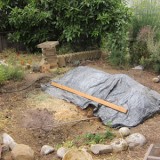
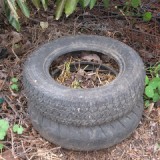
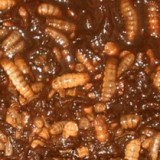
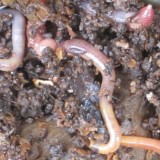
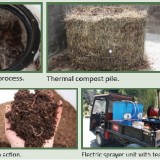
I remember reading a research where it said something to the effect that the allelopathic effects of walnut leaves pretty much dissipate around 2 days. I figured they are not problematic to use in compost, even cold compost, so long as we don’t use the leaves directly for mulch. Also it is good to keep in mind different parts of the plants contain different amounts so leaves may be ok to use but branches or wood chips not so ok, etc.
Pingback: Gardening Link Bomb | Ed That Matters
Pingback: Does my compost pile effect climate change? | Compost Bins Reviews
Pingback: Gardening Link Bomb